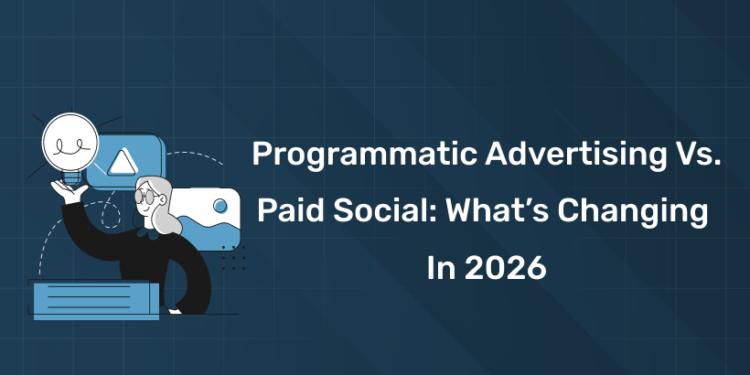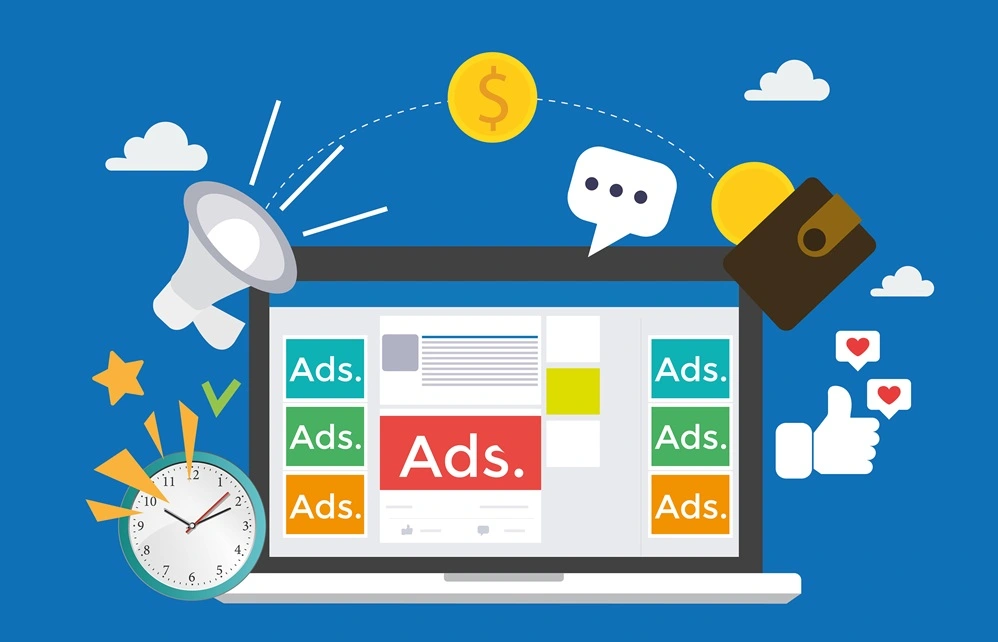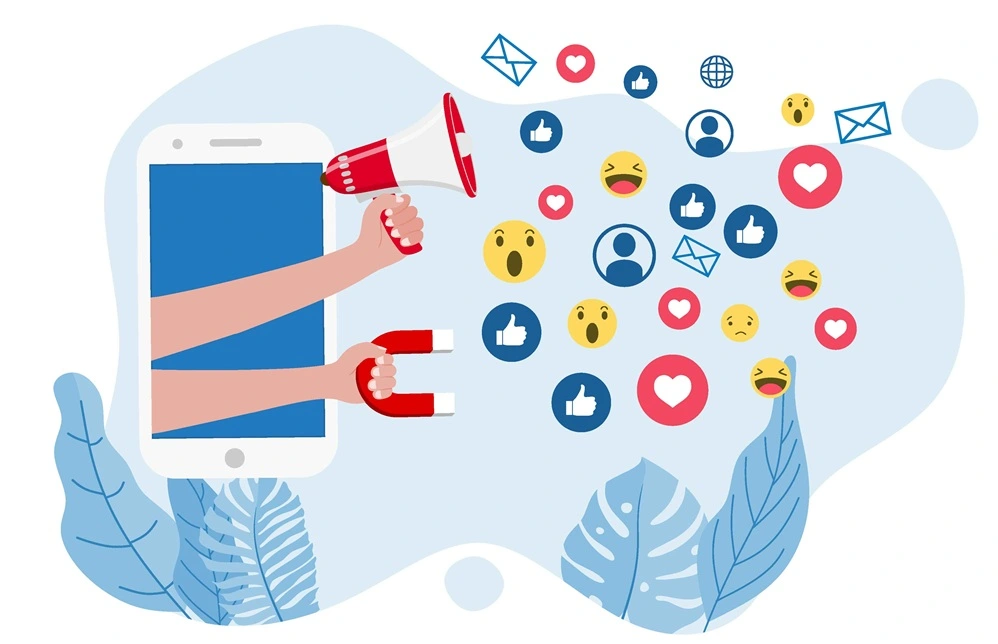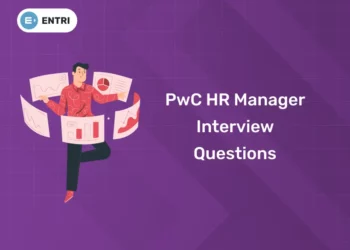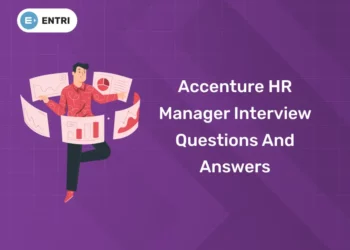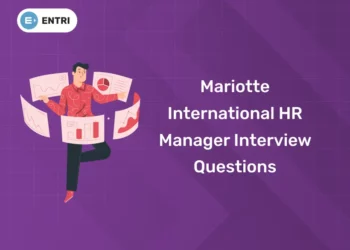Table of Contents
Key Takeaways:
- Programmatic advertising and paid social are both vital parts of the digital ad mix but in 2026 their differences, roles and best uses are shifting in important ways.
- Programmatic will expand beyond display into CTV, retail media, attention‑based buying, and first‑party data stacks.
- Paid social continues to be strong for audience engagement and conversions, but its returns are under pressure due to higher costs and transparency concerns.
- For Indian marketers (aspirants or professionals), mastering both approaches with awareness of local mobile‑first behaviour, regional languages and data privacy is a competitive edge.
- The Entri Digital Marketing Course aligns with these evolving trends, equipping you with skills in analytics, automation, media strategy and cross‑channel insights.
Understanding the Basics: Programmatic vs Paid Social
Before exploring what’s changing, it’s helpful to clarify what each approach means and their traditional strengths.
What is Programmatic Advertising?
Programmatic advertising refers to the automated buying and selling of ad inventory (impressions) in real time via demand‑side platforms (DSPs), supply‑side platforms (SSPs) and data‑driven bidding.
It’s traditionally strong for display, rich media, retargeting, and large inventory across many websites/apps; targeting is often behavioural, contextual or via third‑party data.
What is Paid Social?
Paid social refers to ad spend and campaigns executed on social media platforms such as Facebook/Instagram, TikTok, LinkedIn etc. You create ads, pick audience segments (interests, behaviour, look‑alikes), and optimise based on engagement, clicks, conversions.
Traditional comparative strengths
| Feature | Programmatic | Paid Social |
| Inventory breadth | Very wide multiple publishers/websites/apps | Controlled specific social platforms |
| Audience targeting | Broad plus retargeting; often third‑party data | Rich demographic/interest + social graph |
| Creative formats | Banners, native, video, DOOH, etc. | Feed ads, stories, in‑app video, interactive formats |
| Ideal use‑cases | Scale, retargeting, cross‑site reach | Engagement, social proof, conversions, community building |
With those definitions in hand, let’s explore how 2026 is shifting the landscape.
Join Our Online Digital Marketing Course & Learn the Fundamentals!
What’s Changing for Programmatic in 2026
1: What is the primary goal of SEO (Search Engine Optimization)?
Several key shifts are redefining programmatic advertising in 2026 and you should be aware of them if you’re building or optimising campaigns.
First‑party data & identity stacks
A major theme: third‑party cookies are no longer the safe assumption. Many programmatic operations are moving toward dual‑stack identity: first‑party IDs, clean‑room measurement + pragmatic cookie paths.
For example:
- Brands with strong CRM data join it via clean‑rooms to programmatic DSPs.
- Focus shifts to authenticated users, cross‑device stitching, and consented data rather than relying on blind third‑party segments.
CTV, retail media & attention as currency
Programmatic is no longer only about display banners. In 2026:
- Connected TV (CTV) behaves like a performance channel.
- Retail media networks (RMNs) become a “second DSP” – effectively programmatic offsite targeting tied to commerce data.
- “Attention” (time on screen, viewability & engagement) becomes a measurable currency in programmatic buying rather than just impression count.
Supply‑path & quality shifts
In the programmatic space:
- Supply‑path optimisation (SPO) becomes important: buyers demand transparency on path from bid to impression, fewer hops, less arbitrage.
- Premium inventory, curated contexts, and pDOOH (programmatic digital out‑of‑home) grow.
Measurement reset & attribution
With privacy changes, programmatic measurement is seeing shifts:
- Media mix modelling (MMM) + geo‑holdouts regain importance.
- Incrementality testing and outcome‑based measurement increasingly used instead of last‑click.
What this means for Indian / mobile‑first markets
- Indian users: heavy mobile usage, high social‑app penetration, but also regional‑language contexts and heavy in‑app consumption. Programmatic strategies must adapt: e.g., ensure mobile app inventory is high quality, viewability is optimised for 4G/5G conditions.
- Retail media in India (via e‑commerce platforms) is rising brands buying off‑platform targeting via programmatic/RMN combos may out‑pace others.
- For digital marketers: knowing how to integrate a programmatic DSP/buying path, measure attention, and link back to conversions will become a key differentiator.
Become an AI-powered Digital Marketing Expert
Master AI-Driven Digital Marketing: Learn Core Skills and Tools to Lead the Industry!
Explore CourseWhat’s Changing for Paid Social in 2026
Paid social continues to be essential but it faces distinct challenges and evolutions in 2026.
Diminishing returns & transparency concerns
Some data suggests paid social returns are under pressure: for example, a recent study found ~75 % of marketers reported diminishing returns on paid social.
Platforms are offering more automation but transparency (which ad got which outcome) is less clear, causing some caution.
Social commerce & shoppable formats
In 2026, paid social isn’t just about clicks to site it’s increasingly about in‑app purchases, live shopping, and social commerce.
On platforms like Instagram, TikTok and others, the path from ad → discovery → purchase is becoming shorter and more native.
Creative & authenticity become key
Because social feeds are crowded and attention is limited, success is shifting toward authentic formats, community‑driven content, micro‑influencers, and less polished “ad‑like” content.
For paid social this means that the ad creative, targeting and format need to feel native to the platform and audience.
Audience fatigue & data shift
- With more advertisers spending on the same platforms, cost per click/acquisition is rising.
- Platforms are limiting third‑party data, prompting more first‑party use (audiences, look‑alikes) and less reliance on broad targeting.
- For Indian markets, regional audiences, vernacular content and app‑only behaviour must be considered paid social success will depend on localisation.
What this means for Indian / working professional context
- As a marketer in India, using paid social effectively in 2026 means: shorter conversion paths (mobile → in‑app checkout), regional audience segments, vernacular creative and strong measurement of in‑social purchases not just clicks.
- Working professionals who manage campaigns should shift budgets toward formats that reduce friction (for example, social‑commerce enabled ads) and test authenticity vs polished content.
- Aspirants can sharpen value by learning how to navigate the platform tools, automate creative/assets, and link ad spend to real‑world outcomes (especially in mobile‑first Indian contexts).
Programmatic vs Paid Social: Choosing the Right Street for Your Budget
Given the shifts above, how do you decide when to use programmatic vs paid social or both? Here’s a comparison to help clarify.
Comparative table: Programmatic vs Paid Social
| Factor | Programmatic (2026 lens) | Paid Social (2026 lens) |
| Primary objective | Scale, reach, retargeting, attention, cross‑site/app | Engagement, conversion, community building, social commerce |
| Best suited for | Broad funnel, multi‑channel, CTV/DOOH, cross‑device reach | Platform‑native, mobile‑first, social commerce, influencer campaigns |
| Data & targeting | Heavy dependence on first‑party data, clean‑rooms, hybrid identity stacks | Platform audience segments, look‑alikes, first‑party CRM integration |
| Creative requirements | Multiple formats (banner, video, DOOH), attention metrics matter | Native social creative, short formats, authentic content, stories/reels |
| Measurement challenge | Need for media mix modelling, incrementality, high transparency demand | Attribution often internal to platforms, rising cost, audience fatigue |
| Cost structure & control | Auction‑based, DSP metrics, viewability/fraud risk; attention‑based buying emerging | Platform bidding, CPM/CPC increasing, transparency concerns rising |
| Indian‑market nuances | Needs mobile app inventory, regional language segments, retail media network opportunities | Needs vernacular creative, in‑social checkout support, regional micro‑influencers |
Become an AI-powered Digital Marketing Expert
Master AI-Driven Digital Marketing: Learn Core Skills and Tools to Lead the Industry!
Explore CourseDecision heuristics
- Use programmatic when you want broad reach and cross‑device funnel support (top of funnel + retargeting), especially where you control data and want scale.
- Use paid social when you require strong engagement, lower funnel conversions, social proof, or mobile‑native purchase paths and regional targeting.
- In many cases both will work best: programmatic for reach + awareness; paid social for conversion + community. The key is linking data, creative and measurement across both.
- For Indian marketers with limited budgets: starting with paid social may give quicker conversions, but budget conscious brands should plan for programmatic early to avoid over‑dependence on one channel.
Recommendations for 2026 & Action Steps for Marketers
Here are practical steps you can take as a digital marketing aspirant or working professional in India to make the most of the changing landscape.
1: Audit your current media mix
- List your channels: paid social (platforms used), programmatic (DSPs, publishers)
- Measure: cost per acquisition (CPA), cost per engagement, viewability, attention metrics (if available)
- Note where your spend is concentrated, where you see diminishing returns, where data is limited.
2: Build first‑party data & measurement foundation
- Work on capturing CRM data, user log‑ins, app users, email subscriptions – this will fuel both programmatic and paid social.
- Set up measurement for incrementality: geo‑holdouts, audience cohorts, lift studies.
- Ensure you have visibility on translation from ad spend → real outcomes (especially in Indian mobile context).
3: Adjust creative strategy for both channels
- For paid social: develop native, micro‑content, regional language videos/reels/in‑app formats. Test micro‑influencers and social commerce paths.
- For programmatic: test multiple formats including DOOH/CTV where feasible, implement attention‑based buying, ensure supply path quality.
- For both: incorporate short‑form video, mobile‑first design, localisation of message.
4: Optimise budget & funnel split
- Consider split: e.g., top‑funnel programmatic (awareness/retargeting) + mid/low funnel paid social (conversion/community).
- Allocate test budget (10‑15% of media spend) to new formats: e.g., CTV programmatic, in‑social shopping ads.
- Monitor cost trends: if paid social CPAs rise too much, shift more spend to programmatic or explore alternative platforms.
5: Upskill & stay updated
- As the platforms and formats change, staying current is key. Tools, automation, identity/measurement frameworks keep evolving.
- The Entri Digital Marketing Course covers key areas like: programmatic fundamentals, paid social tactics, data measurement, platform automation, and mobile‑first strategies. It’s designed to help aspirants and professionals keep pace.
- Allocate time monthly to test one new channel or tool (e.g., programmatic DOOH, or social commerce ad format) and review performance.
Conclusion
The divide between programmatic advertising and paid social is shrinking, and 2026 will be a year of convergence, but also differentiation. Programmatic will continue its ascent into high‑quality, attention‑driven, cross‑device media. Paid social will remain critical for engagement, conversions, social commerce, and community‑driven growth. For digital marketers in India, understanding, choosing smartly, and linking them via data and measurement is the winning formula.
If you’re ready to deepen your skills and stay ahead, the Entri Digital Marketing Course offers the structured learning, practical frameworks, and insights required to navigate this evolving media landscape. Whether you manage campaigns, advise clients, or plan your next career step, mastering programmatic and paid social and their intersections is essential.
Start by auditing your current media mix, capturing more first‑party data, testing new formats, and building your analytics muscle. The future will reward marketers who act now, not just react later.
Frequently Asked Questions
What is programmatic advertising?
Programmatic advertising uses AI and algorithms to automate the buying and placement of digital ads across multiple platforms in real time.
How does paid social differ from programmatic advertising?
Paid social focuses on social media platforms like Meta, LinkedIn, and TikTok, targeting users through profile and engagement data, while programmatic advertising spans the open web and OTT channels using data-driven bidding.
Which is more effective, programmatic or paid social?
Both are effective for different goals. Programmatic is ideal for large-scale reach and automation, while paid social excels at engagement and community building.
What are the major changes in programmatic advertising in 2026?
Key shifts include cookie deprecation, rise of first-party data, blockchain-based transparency, and AI-led predictive targeting.
How is AI transforming digital advertising?
AI now powers ad optimisation, audience prediction, creative automation, and real-time analytics, improving efficiency and ROI across platforms.
What is the role of data privacy in 2026 advertising strategies?
Privacy-first advertising and consent-based data collection are central due to global regulations like GDPR and India’s DPDP Act.
Can small businesses use programmatic advertising?
Yes. Self-serve DSPs and simplified platforms now allow small businesses to run targeted programmatic campaigns without large budgets.
What types of ads perform best in 2026?
Video, short-form, and connected TV (CTV) ads dominate both programmatic and social platforms, delivering higher engagement and recall.
Should I use both programmatic and paid social together?
Yes. Combining both creates a full-funnel strategy, programmatic drives awareness while paid social nurtures engagement and conversions.
How can Entri’s Digital Marketing Course help me master programmatic and paid social advertising?
Entri’s AI-powered course covers programmatic platforms, Meta Ads, Google Ads, analytics, and automation, preparing learners for 2026’s evolving digital landscape.


